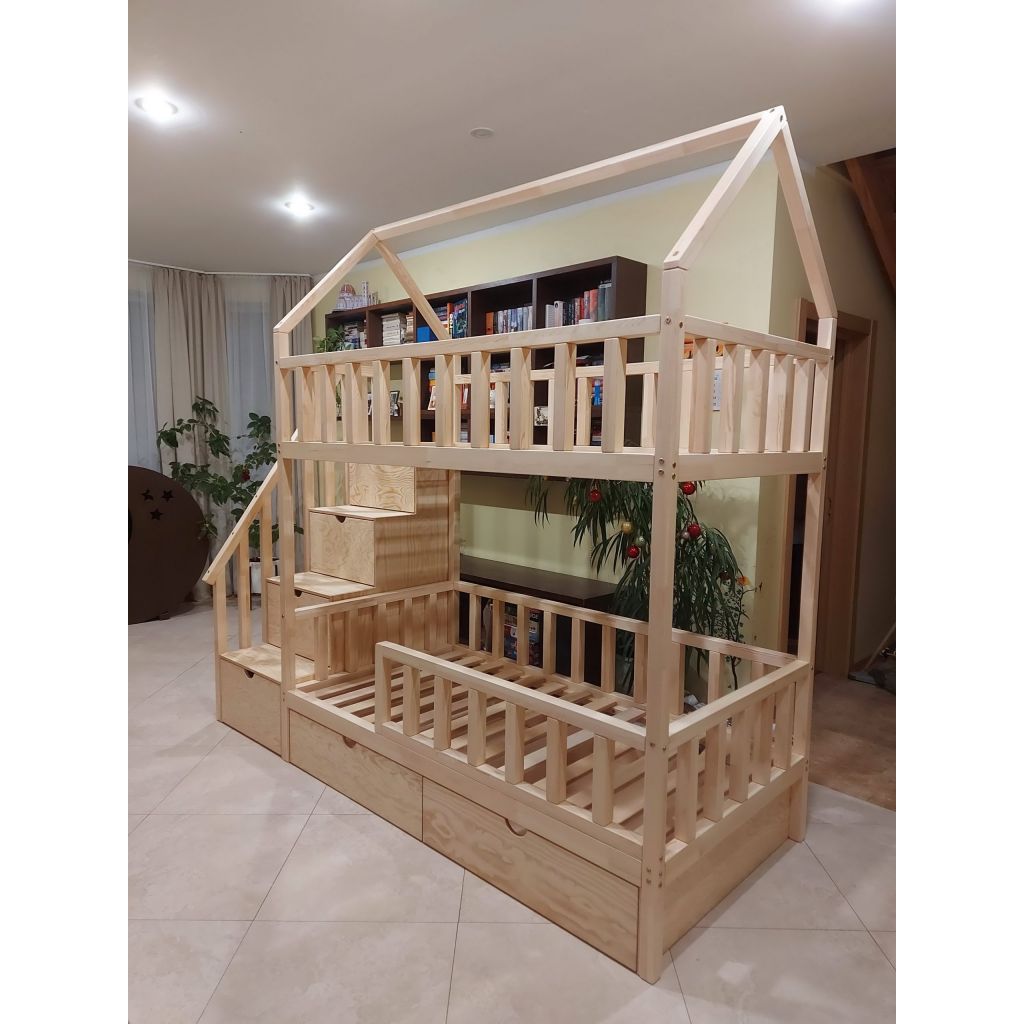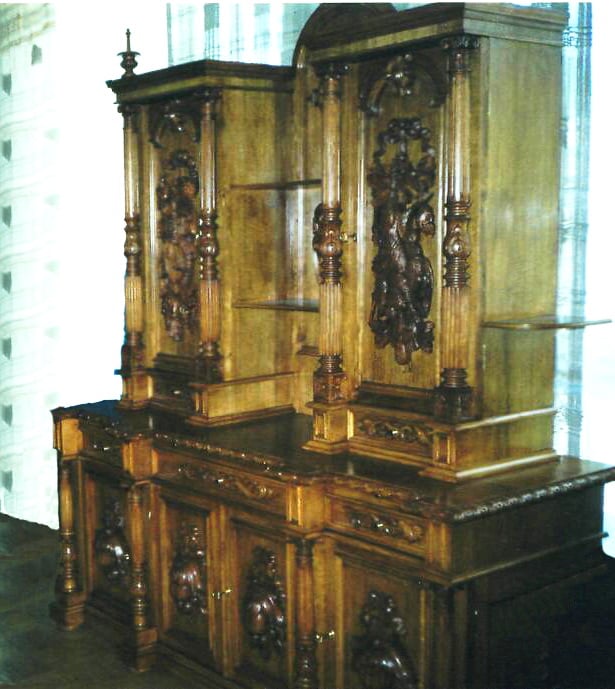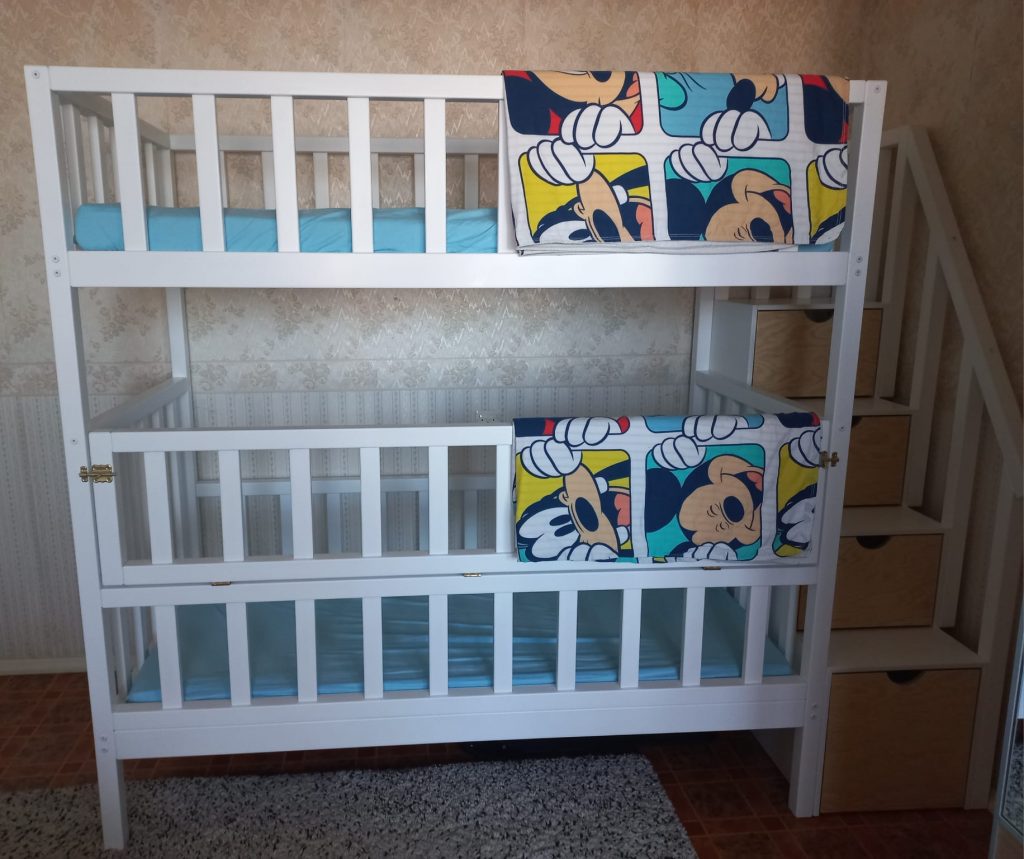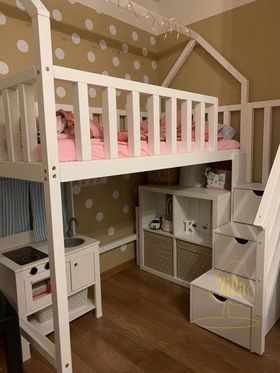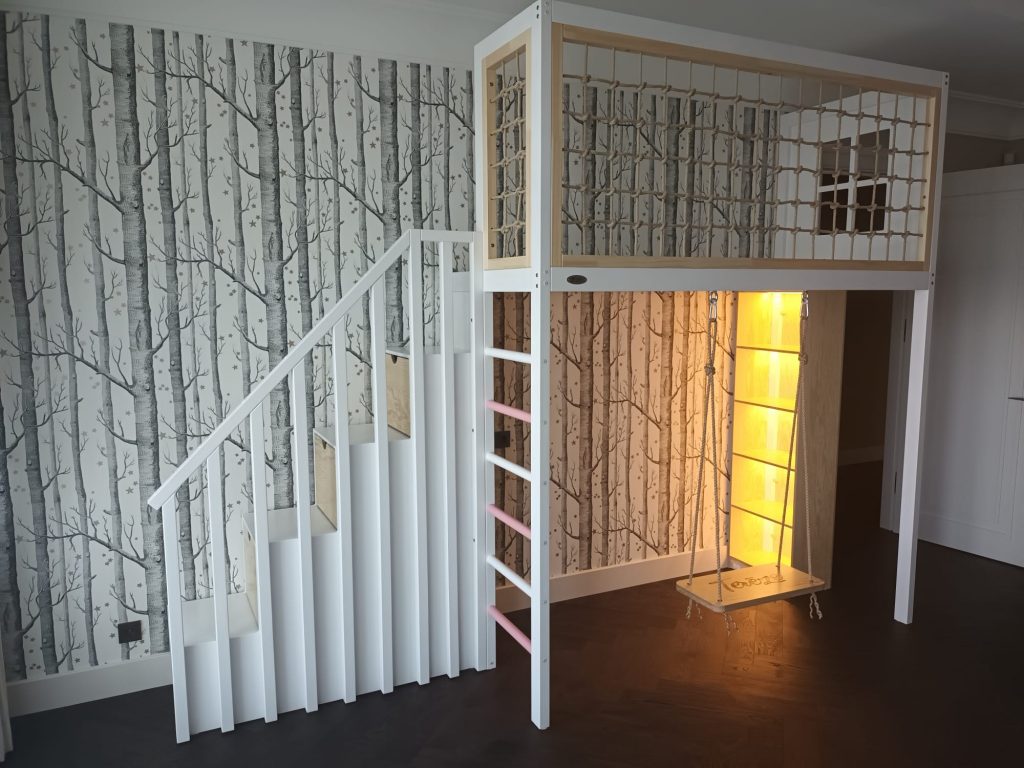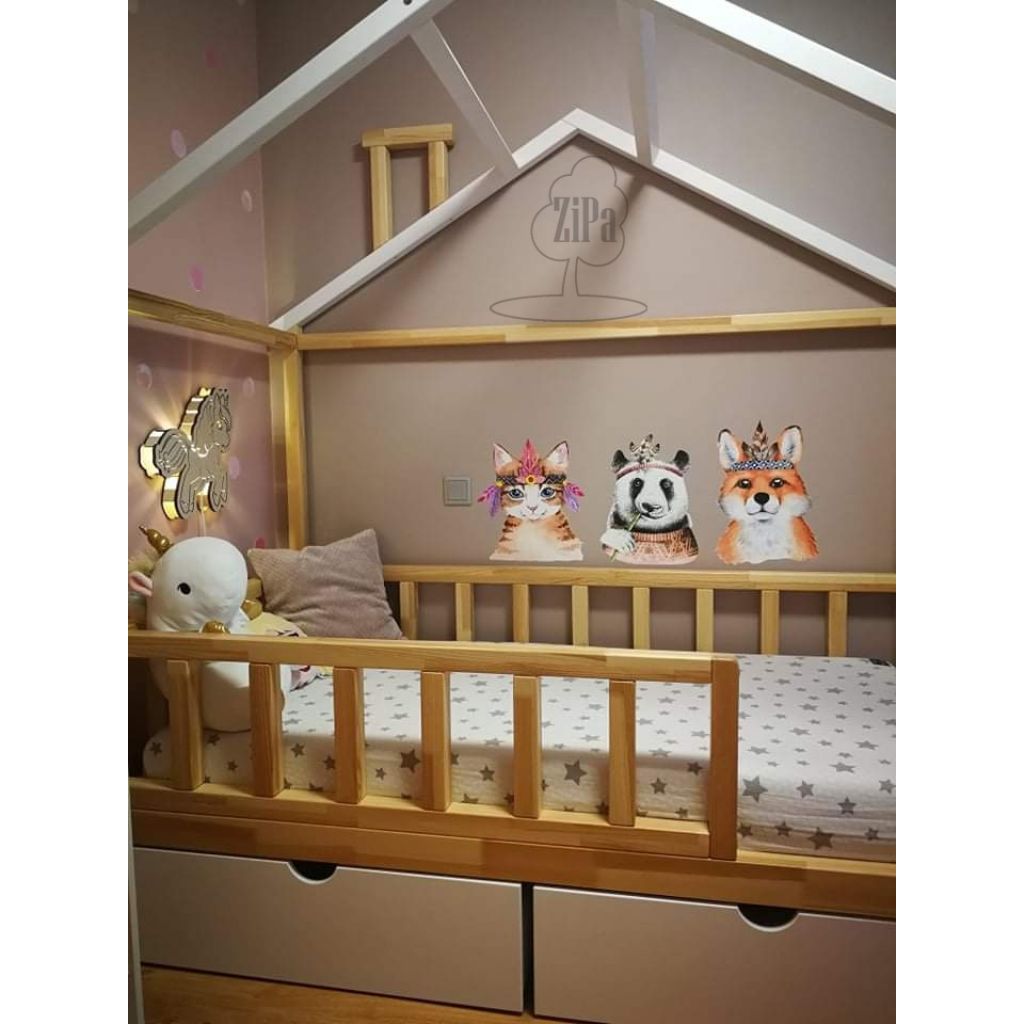How to choose your furniture wisely!
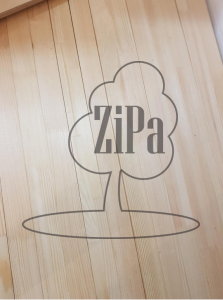
Hello, dears!
How to choose furniture wisely?
While it’s still summer and the giant race to school, clubs, and back has started, I wanted to share our experience and knowledge about wood and how to choose the most suitable raw materials for your little one’s furniture. We all want to buy the best for our children, but how can we choose wisely? How not to overpay? How do you know what really is good, quality work and where you are paying for the name, not the quality?

We make every piece of furniture from glued solid wood beams, not solid wood. It will seem to many that this is against logic – solid wood is a more natural material than glued beams. Yes, you’re right – wood is a fantastically beautiful, living raw material, but it shows its true nature when the temperature or humidity of the room in which it’s placed changes.
A little about wood as a furniture material
Timber obtained from the wrong part of the tree can cut, break, and bend. It sounds weird, but yes, there are parts – every tree has annual rings that makeup hard and softwood, soft – closer to the core, hard, best suited for making furniture, further from the center that forms as the tree grows expands in width.
For glued laminated timber, these factors are eliminated as much as possible. Only specially selected hardwoods with a specific moisture content are used for the bevels, and the correct grain direction is specifically selected and manually assembled before gluing. From the beginning, glue the beam from the end and then in the plane. This has the effect that glued beams are always much more durable than solid wood slats of the same size.

On the other hand, if solid wood is chosen for furniture production, many of these factors are not taken into account. You often see wood that has been treated and made into a beautiful piece of furniture, but when it is placed in a different environment, it starts to warp, crack and bend. The product loses its original quality.
Cracks in glued joists
As I mentioned, wood is a living material, so it is impossible to completely rule out the possibility of small cracks even in glued joists. At the same time, our furniture is less likely to be affected thanks to the careful preparation of the material before processing. If a crack does appear, it only “goes” as far as the gluing point; most of the time such cracks are hardly noticeable; solid wood can break along its entire length under the same conditions.
Many of our followers and customers know that our favourite cots are the natural coloured, lacquered ones. They can see the timber used under the finish and it is not possible to hide a lesser quality beam under a coat of paint.

Although we use the same material for all our beds, we have unfortunately seen ourselves how various rubbish – twigs, resin columns – can be hidden under a coat of paint. These defects are not noticeable at first, but become very visible over time.



We won’t name the manufacturer, as this furniture was bought before we started making wooden furniture ourselves. At that time, when we were looking at the beds in the shop, we didn’t really pay attention to the quality of the products. Now we have this knowledge and we want to share it with you!
Here’s to smart, smart, quality and sustainable shopping for all of us!



